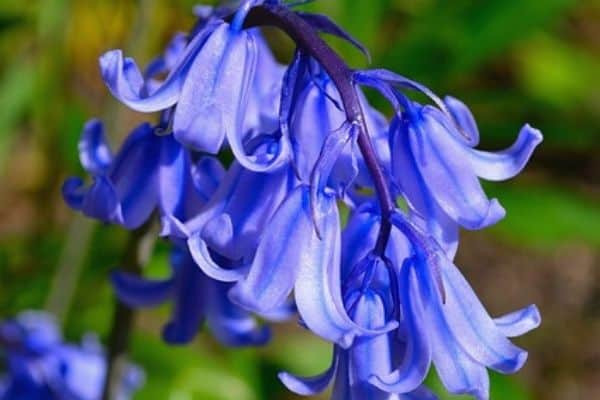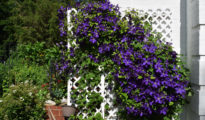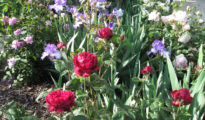Learn how to grow bluebells with our complete guide! From soil preparation to pest control, we've got you covered. Bluebells are one of the most beloved flowers in the world. Their delicate, bell-shaped blooms and stunning blue-purple color make them a popular choice for gardens, parks, and wildflower meadows. But growing bluebells can be a challenge, especially for beginners. In this article, we'll share everything you need to know about how to grow bluebells, from selecting the right location to caring for your plants.

Choose the right type of bluebells
There are two main types of bluebells: the English bluebell (Hyacinthoides non-scripta) and the Spanish bluebell (Hyacinthoides hispanica). English bluebells are native to the UK and are more delicate and fragrant than Spanish bluebells, which are larger and more vigorous. When choosing which type of bluebell to grow, consider the climate, soil type, and garden conditions.
Find the perfect location
Bluebells prefer cool, moist, and shady conditions. They can thrive in a variety of soil types, including loamy, sandy, and clay soils. However, they do not like to be planted in areas that are waterlogged or prone to drought. If you are planting bluebells in your garden, choose a spot that gets some shade during the day, and avoid areas with strong winds or direct sunlight.
Prepare the soil
Before planting bluebells, it's important to prepare the soil properly. Bluebells prefer well-drained soil that is rich in organic matter. If your soil is heavy or clay-like, you may need to add some compost or well-rotted manure to improve the soil structure. Bluebells also like slightly acidic soil, so if your soil is alkaline, you may need to add some peat moss or pine needles to lower the pH.
Planting bluebells
The best time to plant bluebells is in the autumn, between September and November. You can also plant bluebells in the spring, between February and April, but they may not flower until the following year. To plant bluebells, dig a hole that is two or three times the size of the bulb and plant it with the pointed end facing upwards. If you are planting a large number of bulbs, you can also dig a trench and plant them in rows.
Watering and fertilizing
Bluebells do not need much watering or fertilizing, but they do appreciate a little extra care in the first year after planting. Water your bluebells regularly in the first year to help them establish themselves, and use a general-purpose fertilizer once a month to encourage healthy growth. After the first year, bluebells should be able to survive on their own without additional watering or fertilizing.
Mulching
Mulching can help to retain moisture in the soil and suppress weeds, making it a useful technique for growing bluebells. Apply a layer of organic mulch, such as bark chips or leaf mold, around the base of your bluebells in the autumn or spring. This will also help to protect the bulbs from frost damage during the winter.
Deadheading
Deadheading is the process of removing spent blooms from your plants. This encourages them to put their energy into producing new flowers, rather than setting seed. With bluebells, it's best to deadhead the blooms by hand, rather than cutting them off with scissors or shears. Simply pinch the stem just below the spent flower and twist gently to remove it.
Dividing and transplanting
Bluebells can be left in the ground for several years, but eventually, they may start to become crowded or congested. When
this happens, it's time to divide and transplant them. This is usually done in the autumn or spring, when the bulbs are dormant. To divide bluebells, carefully dig up the bulbs and separate them into individual bulbs. Replant the bulbs in their new location, making sure to space them out evenly.
Pest and disease control
Bluebells are generally not affected by pests or diseases, but there are a few things to watch out for. Slugs and snails can be a problem, especially in wet weather, so you may want to use a slug repellent or set up traps. If you notice any signs of fungal disease, such as mold or mildew, remove affected leaves or flowers and dispose of them in the trash. Do not compost them, as this can spread the disease.
Enjoy your bluebells!
Growing bluebells can be a rewarding experience, especially when you see those beautiful blooms in the spring. Take some time to enjoy your bluebells and appreciate their beauty. You can also use them in cut flower arrangements or as a backdrop for other spring flowers.
In conclusion, growing bluebells is not difficult, but it does require some patience and attention to detail. By choosing the right type of bluebell, selecting the perfect location, preparing the soil, planting correctly, and providing the right care, you can grow these beautiful flowers in your garden or wildflower meadow. With a little effort, you can enjoy the stunning beauty of bluebells for years to come. So now that you know how to grow bluebells, it's time to roll up your sleeves and get to planting!



















